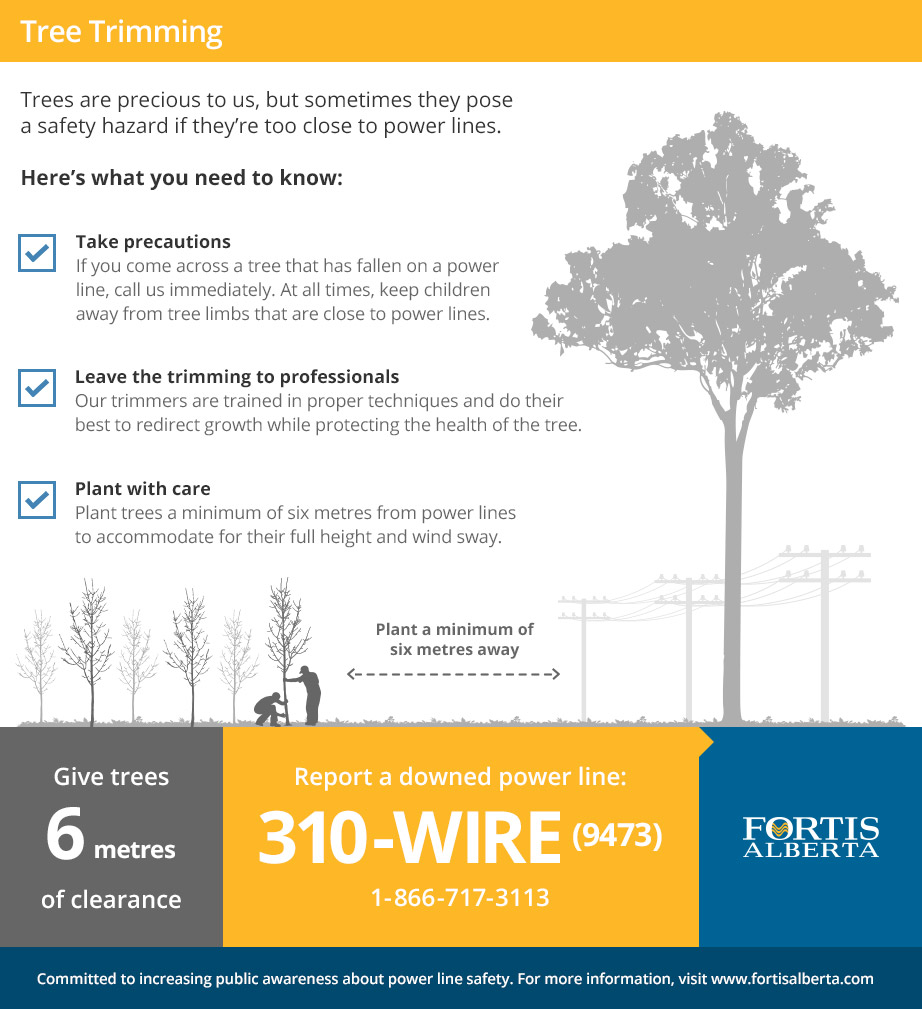Indication For Tree Removal: How To Spot Hazardous Trees
Indication For Tree Removal: How To Spot Hazardous Trees
Blog Article
Tree Trimming Rope -Winther Goodman
When it pertains to tree care, acknowledging the indicators that it's time for removal is necessary for your safety and residential property. You might notice stained fallen leaves, wilting branches, or weird fungal developments indicating health issue. Architectural problems, like a significant lean or splits in the trunk, can likewise present threats. Recognizing these warning signs can help you make educated decisions regarding your trees and stop possible dangers lurking in your backyard. What should you look for next?
Indicators of Degeneration and Disease
When you discover indicators of degeneration and illness in your trees, it's critical to act promptly. Try to find blemished fallen leaves, wilting branches, or unusual growths like fungus. These can indicate that your tree is having a hard time.
If you see splits in the bark or soft, mushy timber, these signs and symptoms recommend internal degeneration. Furthermore, an abrupt rise in bugs around your tree can signify that it's damaged and susceptible.
Look for any type of dead or passing away arm or legs, as they posture a risk to your building and safety and security. If you're uncertain concerning what you see, consulting an arborist can provide clearness.
Resolving these indications early can conserve you from extra substantial damages and make sure the health and wellness of your yard. Don't wait till it's too late.
Structural Instability and Leaning
As you observe your trees, watch out for any type of signs of architectural instability or leaning. If a tree leans substantially, it may indicate that the root system is endangered.
Search for any kind of splits in the trunk or dirt around the base; these can indicate potential failing. In addition, check for unusual growth patterns, like a lopsided crown, which might recommend that the tree is struggling to hold itself upright.
If you notice that the tree favors your home, power lines, or various other structures, it positions a higher danger. Don't neglect these signs-- speak with an arborist to evaluate the situation.
Doing something about it early can avoid costly damages and ensure your safety.
Dead or Dying Branches and Foliage
If you notice dead or passing away branches and vegetation on your tree, it's a clear indicator that something's incorrect.
These unhealthy locations can show underlying issues like illness, parasite problems, or environmental stress. When branches shed their fallen leaves or turn brown, they're no longer contributing to the tree's health. Disregarding these indications can lead to additional decline, making your tree much more dangerous.
Dead branches can quickly break off throughout storms, posing a risk to home and people close by. It's essential to evaluate the level of the damages.
If the problem influences a substantial part of the tree, think about getting in touch with an expert. They can aid figure out if removal is needed to make sure safety and maintain the appeal of your landscape.
Final thought
If you notice any type of indications of degeneration, architectural instability, or dead branches on your trees, don't neglect them. These signs can position serious safety risks to you and your residential or commercial property. Fruit Tree Pruning Guide 's constantly best to get in touch with a specialist arborist who can give a specialist analysis of your trees. Doing something about it early can stop accidents and pricey damage, ensuring your landscape stays safe and healthy. Bear in mind, it's far better to be aggressive concerning tree care than to wait on a calamity to take place.
